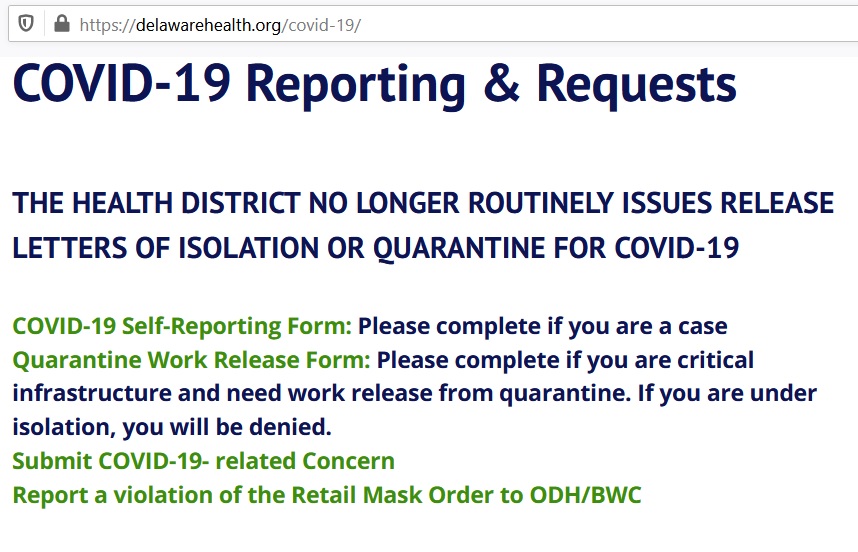Had I really not published this post before? Here is my speculation on what will cause the (next) apocalypse / collapse of civilization. In order of likelihood:
Why ask this question, you ask? Apocalypse is a surprisingly entertaining subject for us. I ask, why are we all interested in it?
- Apathy: the builders of society get bored when we can’t reach new highs and we just let it go. Like a little boy playing with Legos, the world is built by men. How long does a Lego structure last? The bigger it is the funner it is to destroy. How long does a dollhouse last within sight of a young boy? We should enjoy our tower while it stands!
- Zombies: zombies have already caused one apocalyptic civilization collapse. The only question remaining is, could they end us entirely?
- Disease*: disease is ancient and kills by numbers even bigger than millions or billions. Disease kills by the percentage of population. Disease is our most ancient enemy and far-underrated as it is invisible and not glamorous or sensational.
- Nuclear war: nukes are powerful and most people don’t even realize how powerful. Fusion bombs make Hiroshima and Nagasaki look tiny.
- Global Carbon Transfer (commonly mis-labeled as “global warming” or “climate change): this I believe is unlikely to cause our end. I think we are being overly-optimistic to imagine that we will thrive long enough for this to get us.
- EMP: again I think it’s optimistic to believe we will last long enough for an electromagnetic pulse to get us. Plus, one-time catastrophes like an EMP are sensational but not nearly as crushing as grinding sickness that can slowly erode resolve over years, decades, centuries.
- Flood, Earthquake, Asteroid, Volcano, Fire, Storm: wouldn’t be the first time for some of these, but could any of them really take us out? An asteroid certainly could, but it’s pretty sensational.
*COVID has brought disease to our attention but the COVID response has mostly highlighted our unprecedented inability to actually do something. Lose weight? Strengthen ourselves in the face of disease? None of that. This could be a wake-up call to get healthy.


